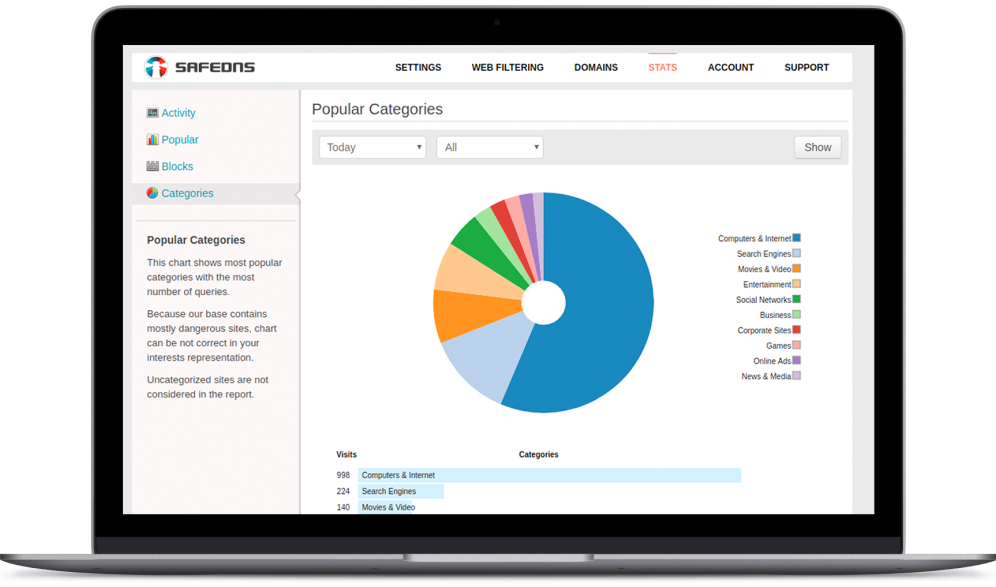

For devices between the Internet router and the firewall (like the switch in the diagram above), the easiest way to prevent access from the outside is to use non-routed RFC 1918 address space. It is important to have filters on the router to prevent unauthorized users from being able to log in to the router, or to send management traffic to the router. There is usually no reason for someone outside your network to access the devices outside your firewall. People often forget that there are vulnerable devices sitting outside the firewall, including the Internet router itself. Protect the devices inside the border router and outside the firewall, and the outside interface of the firewall.Additionally, for devices that process an ACL in order from top to bottom, a longer and more complicated ACL makes it harder to be sure you've placed new entries in exactly the right place. This approach also makes it hard for people who manage the ACL, because network administrators must determine why a particular entry was added to the ACL, and whether that entry is still needed. The Internet router now has to process every entry in the ACL when filtering traffic. The problem with this approach is that it creates a massive ACL. I once worked for an organization that would add an ACL entry to the Internet router every time it saw an attempt from outside to do something suspicious, even if that attempt was blocked by the firewall. Don't add an access control list (ACL) entry for every suspicious IP address.Here are some principles to keep in mind: Having said that, there are exceptions where traffic/security issues will require some basic blocking on the Internet router. In a larger network with specialized devices, you want to let the Internet router do its primary job, which is to pass traffic. The philosophy of many network administrators is let your routers route.

Filtering of outbound traffic is also very important for organizations and will be the subject of a future post. It is also important to note that this post will primarily focus on filtering of inbound traffic. This post will primarily focus on larger, enterprise networks where the Internet router and firewall are broken out into distinct devices, as shown in the figure below. For example, in a small business or home network, the firewalls and routers might be collapsed into one device.
INTERNET FILTERING SOFTWARE FOR CLASS A NETWORKS SERIES
In this post, the latest in a series on best practices for network security, I explore best practices for network border protection at the Internet router and firewall.īefore we begin exploring best practices, it is important to note that these recommendations are geared toward large organizations and government agencies and would not likely be appropriate for a home network or very small business network. The efficiency of the proposed method is tested on real datasets for evaluation purposes and the superior results are obtained from the proposed method in comparison with classical CNN.When it comes to network traffic, it's important to establish a filtering process that identifies and blocks potential cyberattacks, such as worms spreading ransomware and intruders exploiting vulnerabilities, while permitting the flow of legitimate traffic.

The filter's size is reduced to increase the accuracy of pixel recognition. The developed neural network consists of 21 layers the size of the filters is specified as (3 × 3). For each class, a multi-layer deep neural network architecture with five convolution blocks is developed to study the color patterns of undesirable image pixels. The pixels of the digital images are used as a data source for recognition of nudity in the images.

Current paper presents a ChildNet model that filters harmful image content. Malicious content can be prevented using various methods. Avoiding pornographic images harmful to the child audience is an important research task in the field of detection, computer vision and multimedia. Young users often become the potential victims of pornographic images. Children and teenagers are among Internet users and they encounter harmful data in the global network.


 0 kommentar(er)
0 kommentar(er)
